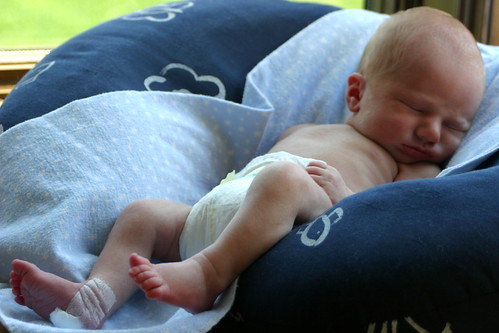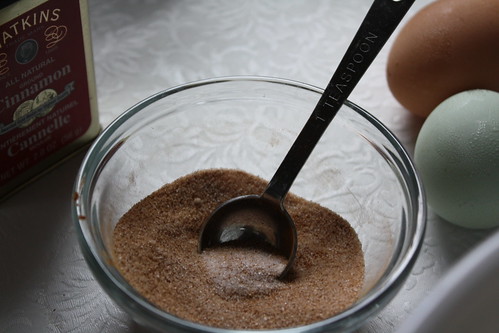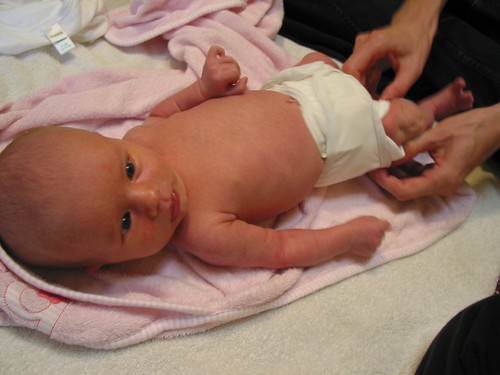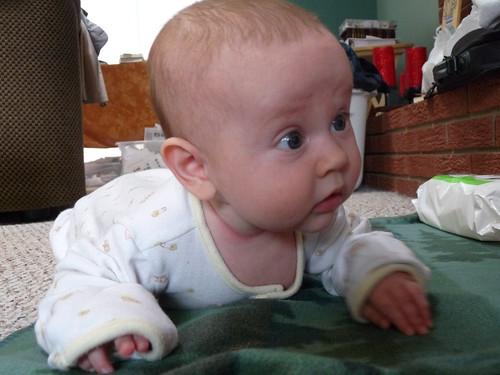10 Amazing Facts About Newborn Babies You May Not Know
Prospective parents wait a whole 9 months for their new arrival to make its first appearance. While overjoyed, new moms and dads are then confronted with a whole host of things that may seem a little strange. Perhaps you didn't have the time to talk through everything with your midwife? It's natural then to be a little concerned if your baby is showing signs that you weren't prepared for. Yet as you'll see, there's no need to worry as many characteristics exhibited by a newborn are totally normal...
1. Newborns spend 14 to 18 hours a day asleep, but only sleep through for 3 to 4 hours.
In the first few months of their life, babies spend between 14 and 18 hours a day asleep. However, an infant only sleeps through for a relatively short part of this. Instead, babies usually stay awake for around 2 hours and then sleep for a further 1 to 2 hours before starting the same routine over again. It's no wonder that new parents are so tired!
2. Newborns cry without tears.
Since babies' tear ducts aren't fully developed at birth, they're unable to produce tears when they cry. While some tear fluid is present, it's only enough to moisten the eyes and keep them protected. That's why you don't see any tears on the infant's cheeks when they cry. About 3 months after birth, the baby will start to produce tears you can see.
3. Newborns don't smile intentionally.
When a baby smiles shortly after the birth, parents are left in awe. Yet unfortunately, this smile isn't the baby reacting to a happy situation, but is simply a reflex. A "reflex smile" can be comparable to a twitch or a spontaneous arm movement. Once the baby is about 2 months old, the little one can express joy and pleasure by smiling intentionally.
4. A newborn's stomach only has the volume of a teaspoon.
At birth, an infant's stomach is about the same size as a marble, which is the volume of a teaspoon. This is why a newborn only needs small amounts of food at frequent intervals. From this point on, the baby's belly continues to grow until it is an adult. By then, the fully grown stomach is the size of a grapefruit.
5. Newborns can have an enlarged chest.
During pregnancy, the mother's breasts usually become considerably larger. This is caused by the hormones estrogen and gestagen. Since the embryo is surrounded by these hormones in the womb and absorbs them through the umbilical chord, it's sometimes the case that the baby has an enlarged chest at birth. After a few weeks, this swelling should go down once the hormone levels go down.
6. Newborns have more than 300 bones, while adults only have 206.
A baby has more than 300 bones, many of which consist of cartilage. This reduces the risk of a broken bones when the child starts crawling and learning to walk. As the baby grows, the cartilage fuses to leave 206 bones left — the usual amount for an adult's body.
7. Newborns don't have real kneecaps.
Since a baby's kneecaps are also made up of cartilage, they're still very soft and don't show up so well on an X-ray. This is why they are very different from an adult's kneecaps. It takes about 3 years for the cartilage around the knee to turn into bone.
8. Light-skinned newborns have blue eyes at birth.
A baby's eye color is dependent on the protein melanin, which is released by the melanocytes. Higher melanin production means darker eye colors. Since the embryo is in darkness through the entire pregnancy, the melanocytes only start reacting to light after birth and produce melanin. This is why most light-skinned babies are born with blue eyes. After about a year, the melanocytes produce enough melanin to establish the final color of the eye.
9. Newborns can have a cone-shaped head.
Since a baby's skull is still very soft, the shape of the head can be changed quite easily. This can often lead to the baby having a cone-shaped head if it has been pressed hard while going through the birth canal. Any misshaping should go away after a few days and the baby's head will take on a more round form.
10. Newborns have fine hairs all over their body.
Smooth as newborn baby's skin? Not really! Straight from birth, babies are covered in fine hairs which developed in the last phase of pregnancy. They are most prominent on the back, shoulders, ears and forehead of the child. Over the course of the first week, these hairs will soon go away. Only after that will the baby's skin be characteristically soft.
Babies are fascinating little creatures that leave their parents amazed or amused each and every day! Did any of the facts surprise you? Let us know!










